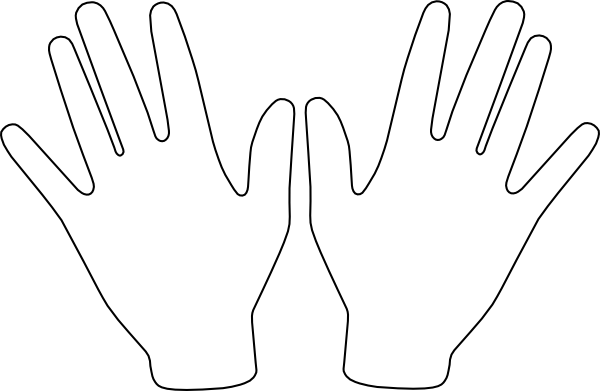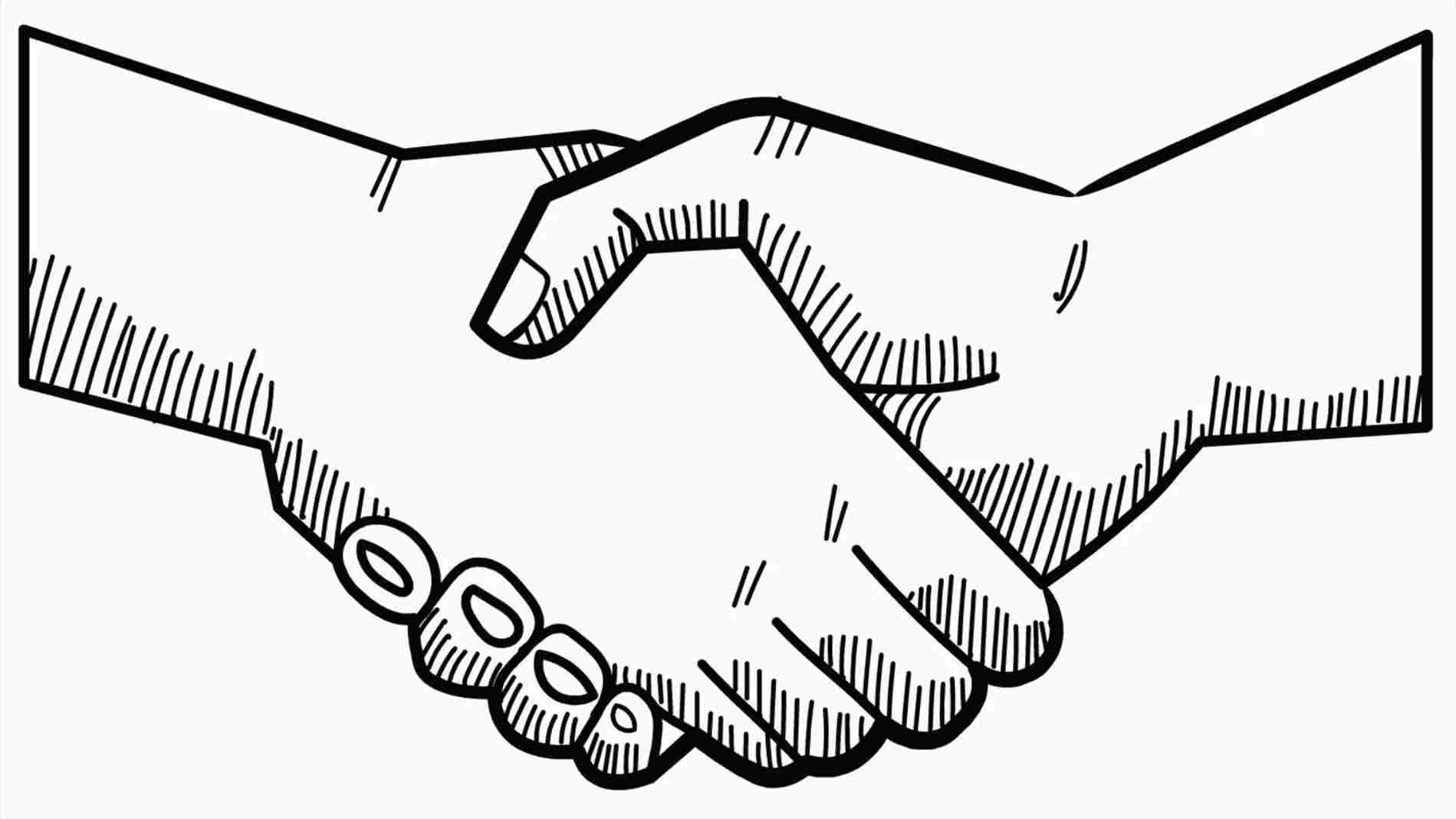

The triceps provides the important action of straightening our elbow, allowing us to push up out of a chair and throw a ball. The three-headed triceps muscle is the only muscle in the back of the arm. The brachialis is a strong flexor of the elbow (allowing it to bend). It lies beneath the biceps muscle and attaches onto the coronoid process of the ulna, just below the elbow joint. The brachialis is a large, deep muscle in the front of the arm. If the distal tendon ruptures, though, the muscle no longer has any attachment below the elbow, and there may be an approximate 30% loss of elbow strength, and 40% loss of supination strength. Fortunately, after the initial pain goes away, there is little loss of strength due to the continued attachment of the short head. Rupture of the tendon of the long head allows the biceps muscle to sink lower in the arm, creating a “Popeye” deformity. The biceps is prone to injury, particularly the tendon of the long head and the distal tendon which inserts into the radius. The biceps is the main supinator of the forearm (which helps us rotate the palm up and down), and helps the brachialis and brachioradialis in bending the elbow. The biceps is named for its two heads – short and long. Tendonitis is common in the 1st dorsal compartment, commonly called De Quervain Syndrome or “Mommy thumb,” due to its incidence in mothers of young children. The abductor pollicis longus passes through the 1st dorsal compartment of the wrist. It helps fill the first webspace between the thumb and index finger and weakens with severe cubital tunnel syndrome or other lesions of the ulnar nerve. The adductor pollicis’ primary role is to provide power for pinching. The name of this muscle is derived from the Greek word for earthworm. The main role of the lumbrical muscles is to allow the fingers to straighten, although they can also help bend the MCP joints, which are at the knuckle. This fundamental function of the human hand is lost in severe carpal tunnel syndrome when the median nerve is damaged. It helps pull the thumb away from the index finger, while rotating it, so that the tip of the thumb is opposite, or “opposes,” the tips of the other fingers.

The opponens pollicis performs one of the most important functions of the human hand: the ability to bring the thumb away from the fingers so that we can grasp objects. The abductor pollicis brevis pulls the thumb away from the index finger, and the flexor pollicis brevis bends the thumb toward the small finger. It is comprised of three muscles: the abductor pollicis brevis, the flexor pollicis brevis, and the opponens pollicis. The thenar muscle group is found at the base of the thumb, forming the muscle bulk on the thumb side of the hand. The opponens allows us to cup our hands, bringing the small finger towards the thumb. The flexor allows the small finger to bend at the MCP joint. The abductor allows the small finger to pull away from the ring finger. They form the muscle bulk on the small finger side of the hand.

The hypothenar muscle group is formed by three muscles: the abductor digiti minimi, the flexor digiti minimi, and the opponens digiti minimi. This action provides strength and stability when pinching. In addition to pulling the index finger away from the middle finger, it also pulls the thumb towards the index finger. It forms the contour between the thumb and index finger when looking at the top of the hand and is often the first muscle to shrink in patients with severe cubital tunnel syndrome due to damage of the ulnar nerve. The first dorsal interosseous muscle is the largest and originates from the 1st and 2nd hand bones. The palmar interossei pull our fingers together. While all interossei bend the MCP joints, the dorsal interossei allow us to spread our fingers away from each other.

There are four dorsal and three palmar interossei muscles. The interossei muscles begin between the bones of the hand. Hand Muscles Interossei (dorsal and palmar) Other muscles, like the skeletal muscle that moves the arm, is controlled by the somatic or voluntary nervous system. There are different types of muscle, and some are controlled automatically by the autonomic nervous system. Muscles are groups of cells in the body that have the ability to contract and relax.


 0 kommentar(er)
0 kommentar(er)
